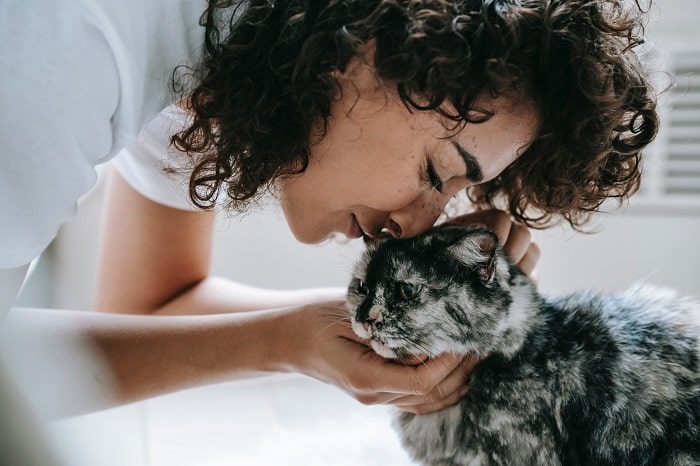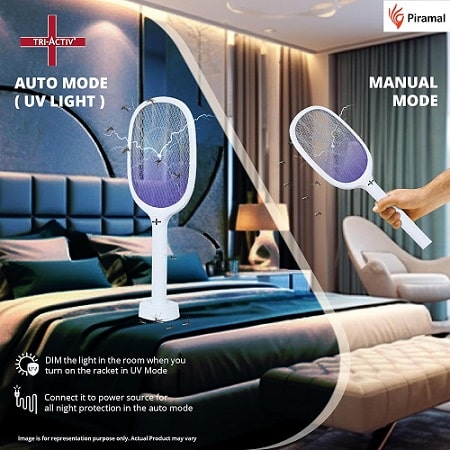Choosing the right litter box can significantly impact a cat’s health and happiness. Cat owners often debate between covered and uncovered options. Both types have distinct advantages and disadvantages to consider. Understanding these differences helps make an informed decision for a feline friend.
Understanding the Basics of Litter Boxes
Litter boxes are essential for indoor cats, providing a designated area for elimination. They come in two main types: covered and uncovered. Covered litter boxes offer privacy, reduce litter scatter, and control odors effectively.
Uncovered boxes provide easy access and allow cats to monitor their surroundings, which can reduce stress. Studies show that some cats prefer uncovered boxes for their open design and lack of confinement. Understanding a cat’s preferences, habits, and any potential health issues is crucial in selecting the most suitable litter box.
Benefits of Covered Litter Boxes
Covered litter boxes offer several advantages for cats and their owners. They provide privacy, which can make cats feel more secure while using the litter box. These boxes also help contain odors, making them less noticeable in the home. The enclosed design minimizes litter scatter, keeping the surrounding area cleaner.
Additionally, covered litter boxes can reduce the visibility of waste, which some cat owners find more aesthetically pleasing. Studies suggest that the added privacy can reduce stress for some cats, leading to more consistent litter box use.
Drawbacks of Covered Litter Boxes
While covered litter boxes offer benefits, they also have drawbacks. The enclosed space can trap odors, making it unpleasant for cats who are sensitive to smells. Reduced ventilation can exacerbate this issue, requiring more frequent cleaning.
Some cats may feel confined or trapped in a covered box, leading to avoidance or anxiety. The enclosed design can also make it harder for owners to monitor waste for signs of health issues.
Additionally, larger cats might find it uncomfortable to maneuver in a covered box, impacting their willingness to use it consistently.
Advantages of Uncovered Litter Boxes
Uncovered litter boxes have several advantages for both cats and their owners. They offer easy access, which is particularly beneficial for older or larger cats. The open design provides better ventilation, helping to reduce odors and moisture buildup.
Cats can easily monitor their surroundings, which can reduce anxiety and make them more comfortable. Uncovered boxes are also easier for owners to clean and maintain, allowing for quick waste removal and regular monitoring of a cat’s health. Studies show that many cats prefer the simplicity and accessibility of uncovered litter boxes.
Disadvantages of Uncovered Litter Boxes
Uncovered litter boxes also have some disadvantages. They can allow more litter to scatter, creating a mess around the box. Without an enclosure, odors can spread more easily, affecting the room’s air quality. The lack of privacy might make some cats feel exposed, potentially leading to litter box avoidance.
Additionally, uncovered boxes leave waste visible, which some cat owners might find unappealing. Regular cleaning is crucial to manage these issues, but even with maintenance, uncovered boxes may not control odors and mess as effectively as covered options.
Choosing the Right Litter Box for Your Cat
Choosing the right litter box for a cat depends on its preferences and needs. Consider a litter box with a lid if the cat values privacy and reduced odor. For larger or older cats, an uncovered box might offer easier access and comfort.
Observing a cat’s behavior and litter box habits can guide this decision. It’s essential to provide a clean, accessible, and comfortable litter box to encourage consistent use and maintain a cat’s health and happiness.
Tips for Maintaining a Clean Litter Box
Maintaining a clean litter box is crucial for a cat’s health and well-being. Scoop waste daily to keep the box fresh and inviting. Completely change the litter and clean the box with mild soap and water weekly.
Avoid using strong chemicals or aromas, as they can deter cats from using the box. Place the litter box in a quiet, low-traffic area to reduce stress and encourage regular use. Monitoring and cleaning the litter box regularly helps prevent odors and ensures a hygienic environment for the cat.
Making the Best Choice for Your Cat
Selecting the right litter box depends on a cat’s preferences and needs. Consider both covered and uncovered options carefully. Observing a cat’s behavior will help determine the best choice. Ensuring a clean, comfortable environment promotes a cat’s health and happiness.





